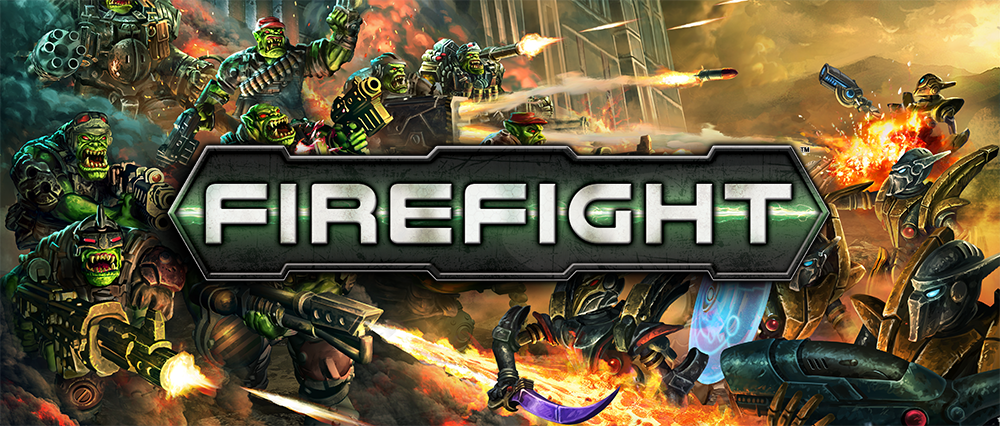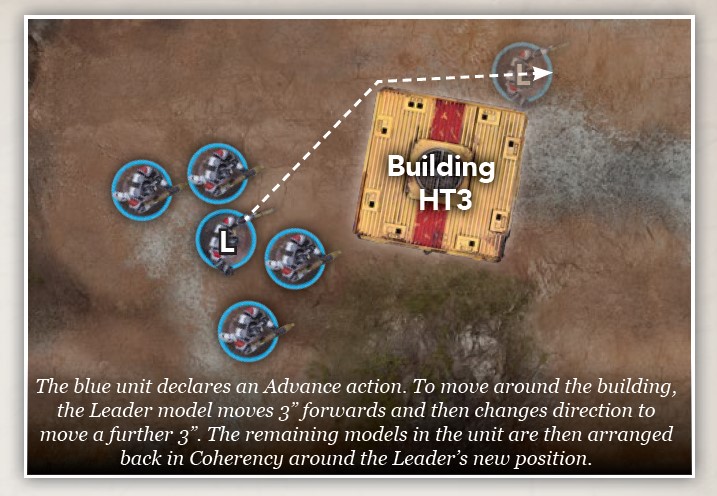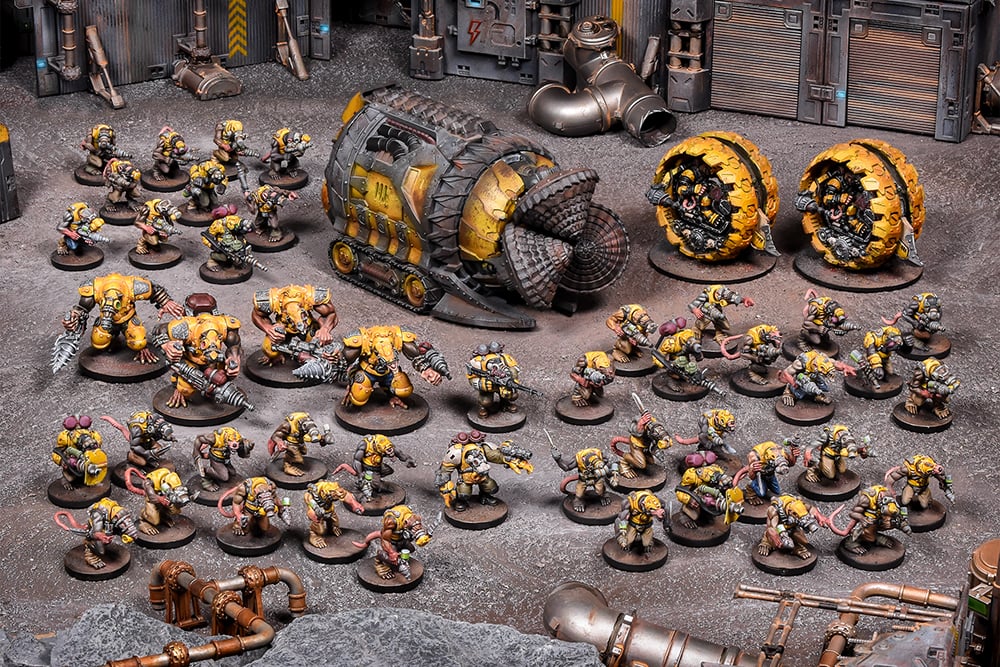How to Play Firefight: Second Edition – Movement
22nd Mar 2022
Rob Burman

Hello and welcome to another of our in-depth Firefight: Second Edition rules previews. After looking at the all-important Command Points in our previous blog, today we’re talking movement.
You may remember in our previous post that we described how dynamism was one of the key elements behind Firefight, which we’ve pulled off with the alternating activations and Command Points. The other important design choice was: speed. We always wanted to make sure that Firefight played fast and furious, so you can spend less time moving stuff around the table or measuring distances, and more time rolling dice and making ‘pew pew’ noises.

One of the important elements to help speed the game up is the way we’ve approached movement and measurement. You see, when you create your squads (whether that be smaller units of just two models, all the way up to units with 10+ models) you nominate one miniature to be the Leader. In the classic tradition of wargames, this is normally a miniature that’s pointing or has taken their helmet off (because leaders need to able to see better… or something).
All models within a unit must remain within 3” of the Leader – this is increased to 6” if there are more than 10 models. This is called Coherency. Where you place the models within that Coherency is totally up to you – the Leader could be placed in the middle, or could be leading from the front. What’s more, the Leader will always be the last mini removed from a squad… so you can go to town on making them look suitably impressive.
MAKE YOUR MOVE, PUNK!
To makes things really easy when it comes to moving your miniatures, you simply measure the distance from the edge of the Leader model’s base and move the Leader model up to the maximum it can move for the action being performed. This move can be in a straight line, or curved to avoid other models or terrain. Once the Leader model is in position, move all the other models in the unit back to within Coherency from the Leader. Note this may mean that some models may move further than their maximum movement would normally allow, but we allow this for simplified play.

This ensures that movement is really quick because you only have to measure once, then can quickly grab the rest of the unit and arrange them back around the Leader. It’s particularly important for large horde units, like Veer-myn or Plague, because rather than having to measure for 10+ minis, you only need to measure and carefully move the Leader.
As a result, the speed of gameplay means you’re never having to wait an age for your opponent finish, so you can have your turn. Instead you’ll be straight back into the action in a matter of minutes.
THE LONG AND SHORT OF IT
While we’re on the subject of movement, it’s worth mentioning that Firefight: Second Edition uses the same system of Short and Long actions, as games like Deadzone and Vanguard. Your units can perform two Short actions, e.g. Advance and Shoot, or one Long action, e.g. Sprint.
Although you can’t normally perform the same action twice, i.e. two Shoot actions in the same turn, you could potentially Shoot and then Advance into combat, or Advance and then Hit the Dirt to get into cover. A little like the alternating turns, this ability to combo different types of actions during a single activation really helps to keep the game fluid and allow you to respond to the actions of your opponent.
IN OUR NEXT BLOG, WE'LL START SHOOTING STUFF! HOORAY.



